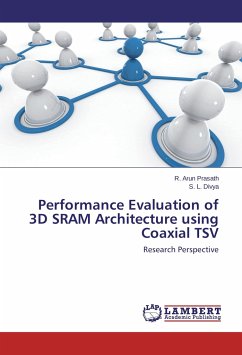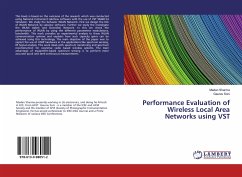3D stacking of logic and memory devices is essential to keep the Moore's law ticking. In 3D integration, memory devices can be stacked on the top of processors. TSV based 3D memory architecture enables the reuse of logic dies with multiple memory layers. Conventional 3D memory suffer from speed, power and yield overhead due to large parasitic load of TSV and cross layer PVT variations. In order to overcome these limitations, this paper the physical design of a semi master-slave (SMS) architecture of 3D SRAM which provides a constant-load logic-SRAM interface across various stacked layers and high tolerance for variations in cross-layer PVT is introduced. The SMS scheme is combined with self-timed differential-TSV (STDT) employing a TSV-load tracking scheme to achieve small TSV voltage swing for suppressing power and speed overheads of cross-layer TSV signal communication resulting from large TSV parasitic loads in UMCP designs with scalable stacked layers and wide IO. This provides a universal memory capacity platform.
Bitte wählen Sie Ihr Anliegen aus.
Rechnungen
Retourenschein anfordern
Bestellstatus
Storno








